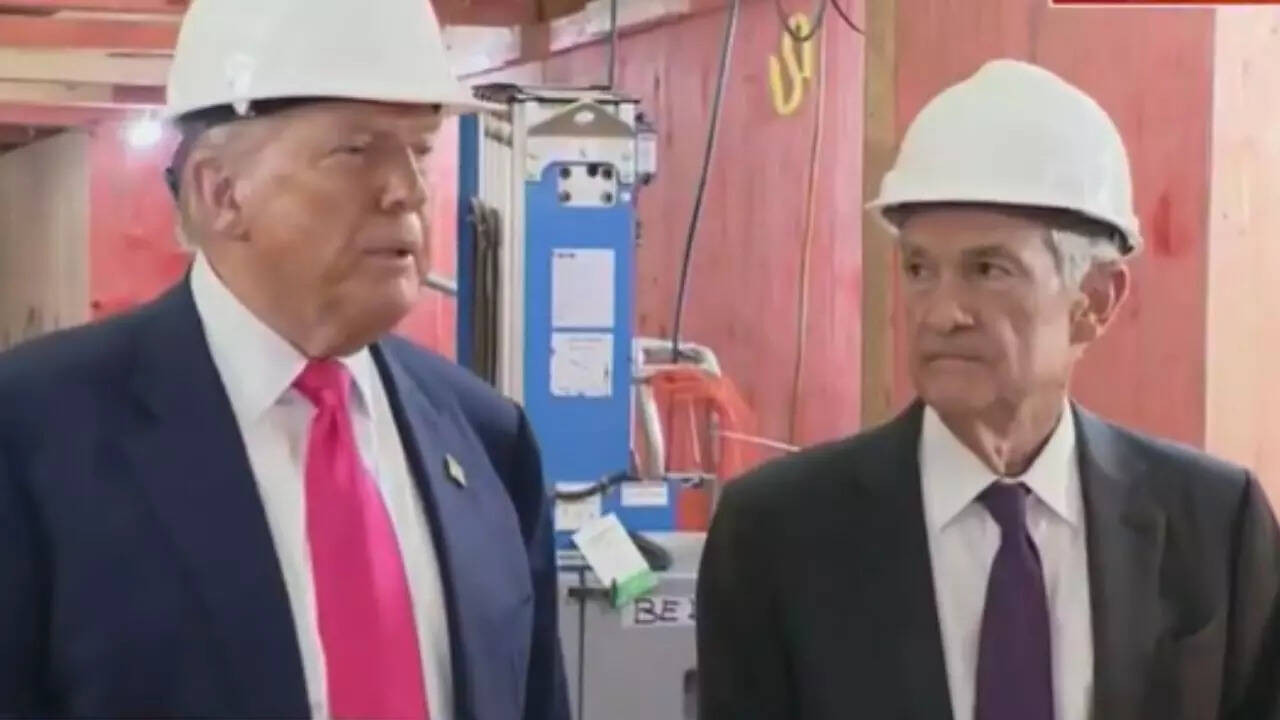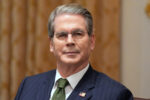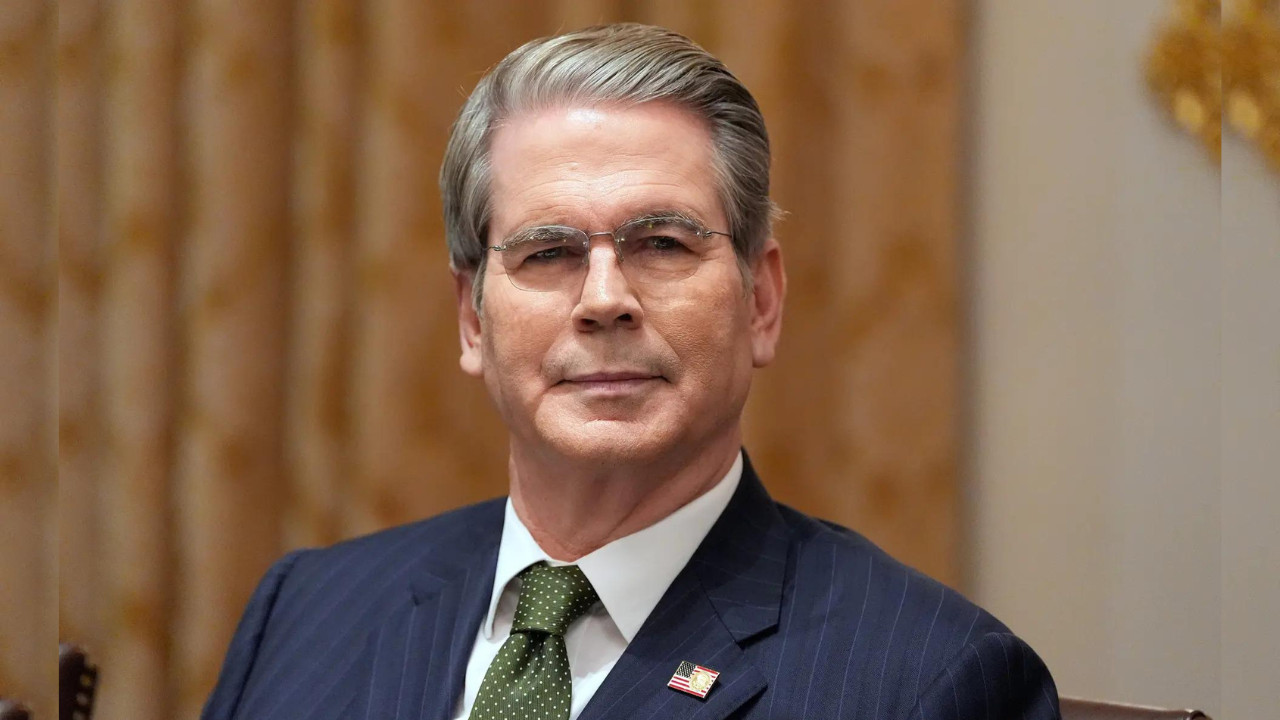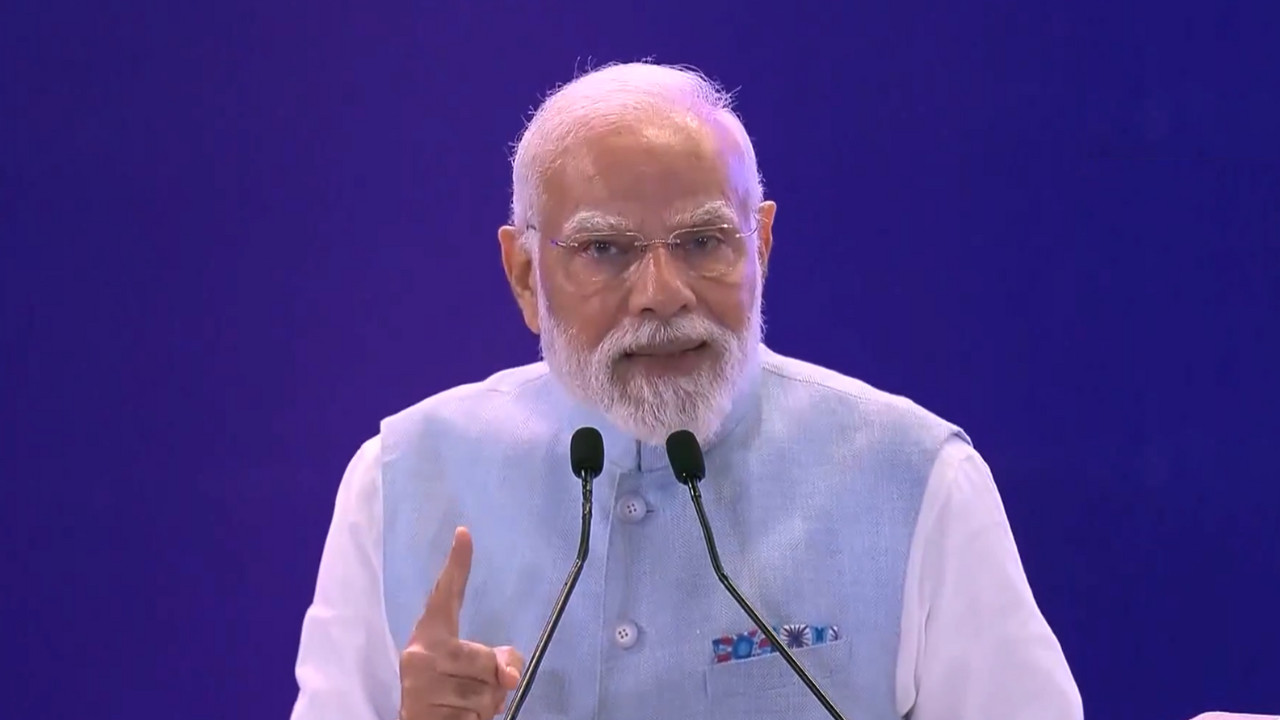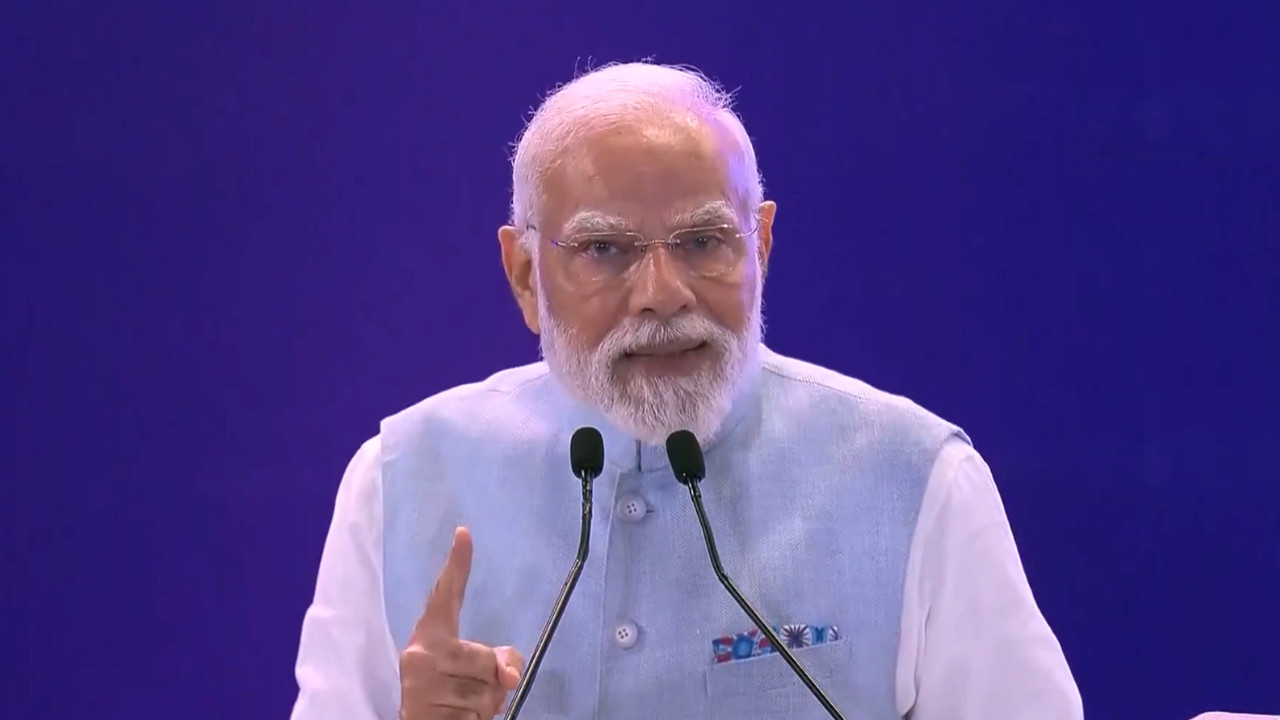Donald Trump confronted Federal Reserve Chair Jerome Powell during a visit to the Fed’s headquarters, criticizing renovation cost overruns and reiterating his demand for lower interest rates. Trump, accompanied by White House officials, questioned the $3.1 billion project, a figure Powell disputed.
The Fed in the Crosshairs: Trump’s Unusual Visit Sparks Debate
Donald Trump’s recent visit to the Federal Reserve headquarters wasn’t your typical courtesy call. It was, shall we say, a bit more…direct. The former president, known for his outspoken approach, didn’t hold back in sharing his views on interest rates and even the Fed’s renovation budget, sparking a lively, and perhaps uncomfortable, conversation. This unprecedented interaction has reignited the debate surrounding the Fed’s independence and the appropriate level of political influence on monetary policy.
The main thrust of Trump’s message? Lower interest rates. He’s been a vocal advocate for more accommodative monetary policy for quite some time, believing it’s the key to boosting economic growth. During his visit, he reportedly pressed Fed Chair Jerome Powell to consider cutting rates, arguing that doing so would provide a significant tailwind for the American economy. He suggested that high interest rates were stifling growth and hindering the country’s competitive edge in the global market.

The discussion wasn’t solely focused on interest rates. Trump also reportedly questioned the Fed’s spending on renovations, suggesting that the budget was excessive. This added another layer of complexity to the meeting, raising questions about the scope of presidential oversight and the Fed’s financial autonomy. While seemingly a minor detail, the focus on renovation costs highlights a broader concern about government spending and fiscal responsibility.
This unusual meeting has understandably triggered a wave of reactions across the political and economic spectrum. Supporters of Trump’s position argue that the Fed needs to be more responsive to the needs of the economy and that lower interest rates are crucial for sustained growth. They believe that the Fed’s independence, while important, shouldn’t come at the expense of economic prosperity.
On the other hand, critics worry about the potential for political interference in monetary policy. They argue that the Fed needs to maintain its independence to make decisions based on economic data and long-term stability, rather than succumbing to short-term political pressures. The fear is that excessive political influence could lead to inflationary pressures and erode the Fed’s credibility. Preserving this independence is crucial for ensuring the stability of the American economy and maintaining investor confidence.
The Fed, for its part, remains committed to its dual mandate of price stability and full employment. Chair Powell has consistently emphasized the importance of data-driven decision-making and a commitment to long-term economic health. While acknowledging the concerns raised by Trump and others, the Fed is likely to continue to navigate the complexities of monetary policy with a focus on achieving its mandated goals.
The long-term implications of this meeting remain to be seen. Will it influence the Fed’s future decisions? Will it spark further debate about the appropriate level of political influence on monetary policy? Only time will tell. However, one thing is clear: Trump’s visit has brought the issue of interest rate policy and the Fed’s role in the economy into sharper focus.
This event also serves as a timely reminder of the complexities and challenges facing central banks in today’s globalized world. Balancing the needs of the economy with the pressures of political realities is a delicate act, requiring careful consideration and a commitment to sound economic principles. Exploring related topics, like the impact of inflation on consumer spending, can provide a deeper understanding of the Fed’s crucial role.
In conclusion, Trump’s assertive stance during his Fed visit underscores the ongoing tension between political desires for immediate economic gains and the central bank’s mandate for long-term economic stability. The impact of this interaction on the Federal Reserve’s future policy decisions will be closely watched, as the balance between independence and accountability remains a critical question for maintaining a healthy and robust economy.
